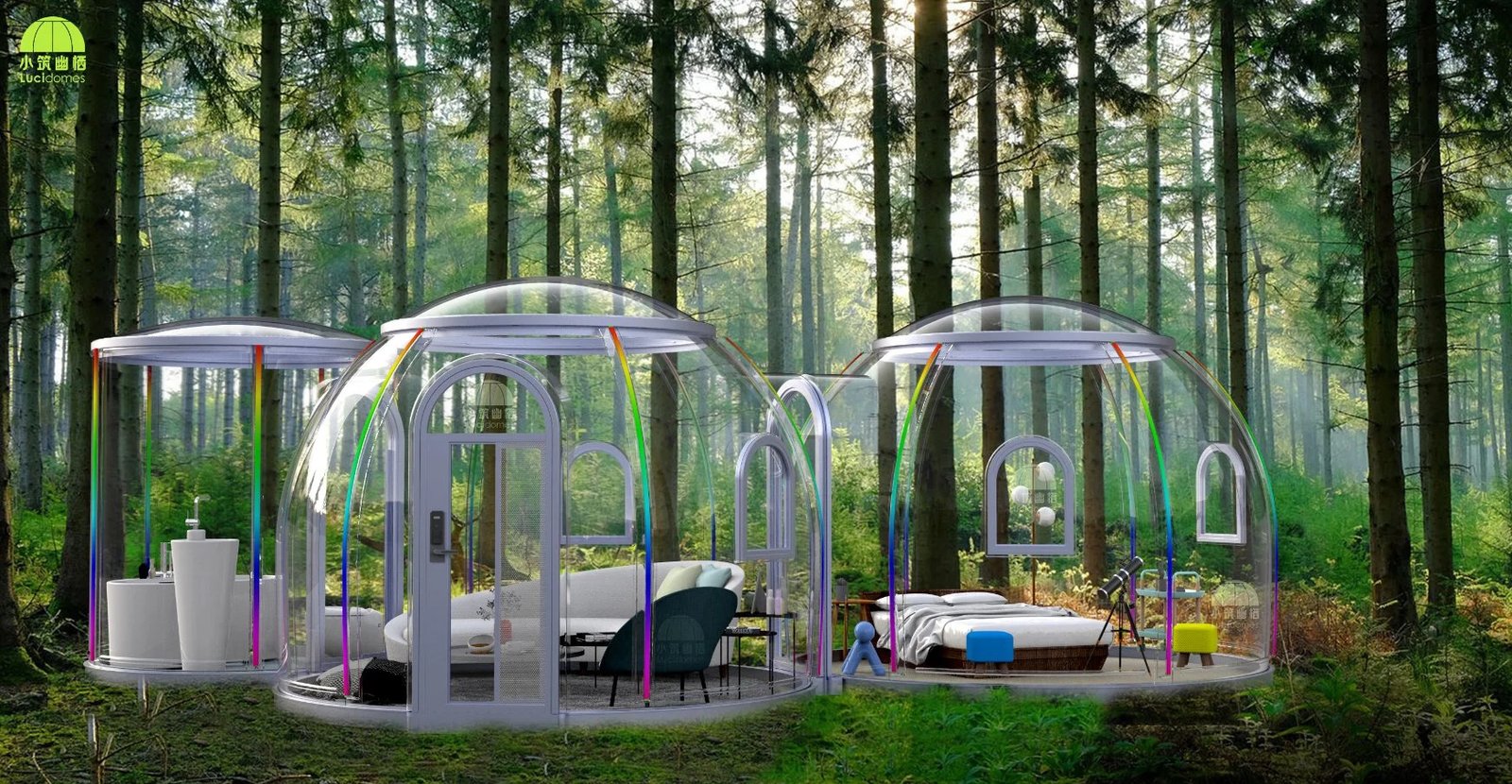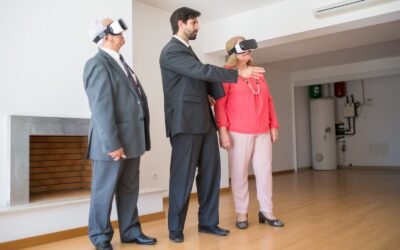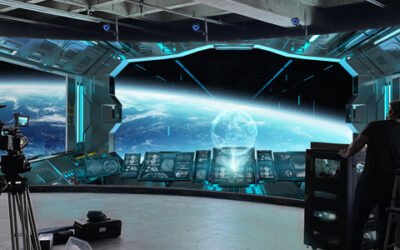The Rise of Glamping: Embracing Nature with Comfort and Style
In recent years, a new trend has emerged in the world of travel and outdoor experiences: glamping. Combining the best of glamorous accommodations and the beauty of the great outdoors, glamping has captivated the hearts of adventure seekers and luxury travelers alike. This article explores the glamping business, its growing popularity, and the unique opportunities it offers to both entrepreneurs and travelers.
Defining Glamping
Glamping, a portmanteau of “glamorous” and “camping,” represents a modern take on traditional camping. It provides individuals with an opportunity to immerse themselves in nature while enjoying the comfort, convenience, and amenities associated with high-end accommodations. From luxurious tents and yurts to treehouses and eco-friendly cabins, glamping offers an array of unique and stylish options to suit different preferences.
Glamping has gained significant popularity due to its ability to cater to a wide range of travelers. For those who seek adventure and a connection with nature, glamping provides an opportunity to experience the great outdoors without sacrificing comfort. On the other hand, luxury travelers who appreciate fine amenities and personalized service find glamping an enticing alternative to traditional hotels.
The Unique Business Opportunity
The glamping industry has witnessed remarkable growth in recent years. The demand for unique travel experiences, sustainable tourism practices, and a desire to disconnect from the fast-paced world has fueled the rise of this niche market. Entrepreneurs looking to enter the glamping business can tap into this growing demand and create memorable experiences for their guests.
Creating Memorable Glamping Experiences
Successful glamping businesses focus on creating immersive experiences that blend nature, comfort, and style. By curating unique accommodations in picturesque locations, glamping entrepreneurs offer guests an opportunity to reconnect with nature while indulging in modern amenities. From outdoor activities such as hiking, bird watching, and stargazing to wellness retreats and culinary experiences, glamping destinations cater to a variety of interests.
Sustainability and Eco-Consciousness
One of the key pillars of glamping is sustainability. Many glamping operators prioritize eco-friendly practices by utilizing renewable energy sources, implementing water conservation measures, and promoting responsible waste management. This commitment to environmental consciousness resonates with a growing number of travelers who are mindful of their ecological footprint and seek businesses that share their values.
Marketing and Promotion
To thrive in the competitive glamping industry, effective marketing and promotion strategies are crucial. Utilizing social media platforms, partnering with travel influencers, and creating visually appealing content can help capture the attention of potential guests. Furthermore, establishing partnerships with local tourism boards and collaborating with complementary businesses, such as adventure tour operators or wellness retreats, can enhance visibility and attract a diverse customer base.
Challenges and Considerations
While the glamping industry offers promising opportunities, it also presents unique challenges. Obtaining suitable land or securing partnerships with existing landowners can be a complex process. Additionally, adhering to zoning regulations, obtaining necessary permits, and addressing potential environmental concerns are important aspects to consider when starting a glamping business. Ensuring a balance between luxury and sustainability, maintaining high-quality customer service, and managing seasonal demands are also critical for long-term success.
Glamping has revolutionized the way people experience the outdoors, providing a blend of adventure, comfort, and style. As the popularity of glamping continues to soar, entrepreneurs have a unique opportunity to create memorable experiences for travelers seeking a connection with nature without compromising on luxury. By embracing sustainability, curating unique accommodations, and fostering a sense of adventure, glamping businesses can thrive in this evolving industry. Whether it’s a couple seeking a romantic getaway or a family looking for a memorable vacation, glamping offers an enticing escape from the ordinary, allowing guests to immerse themselves in nature while enjoying the comforts of a high-end retreat.







